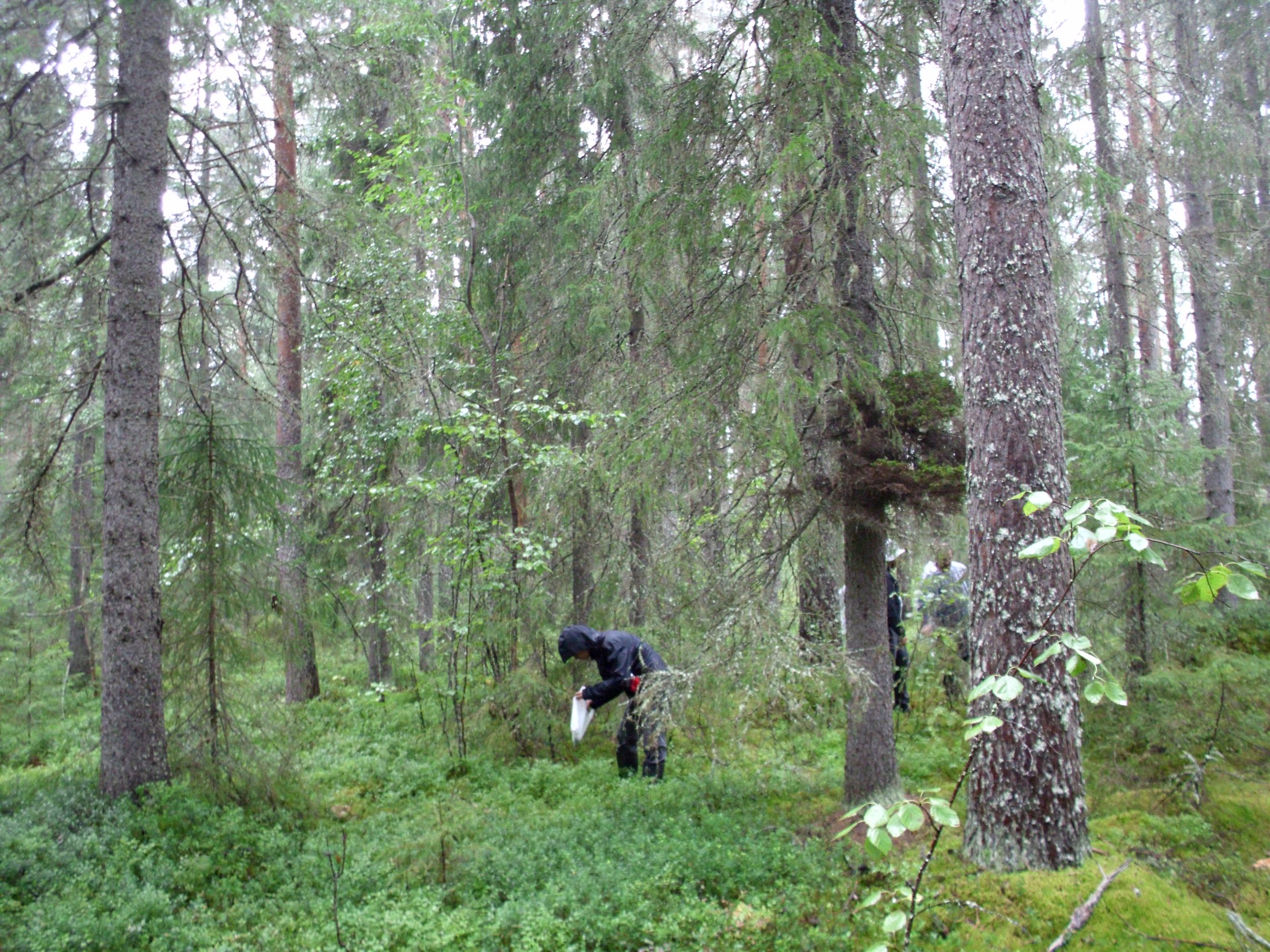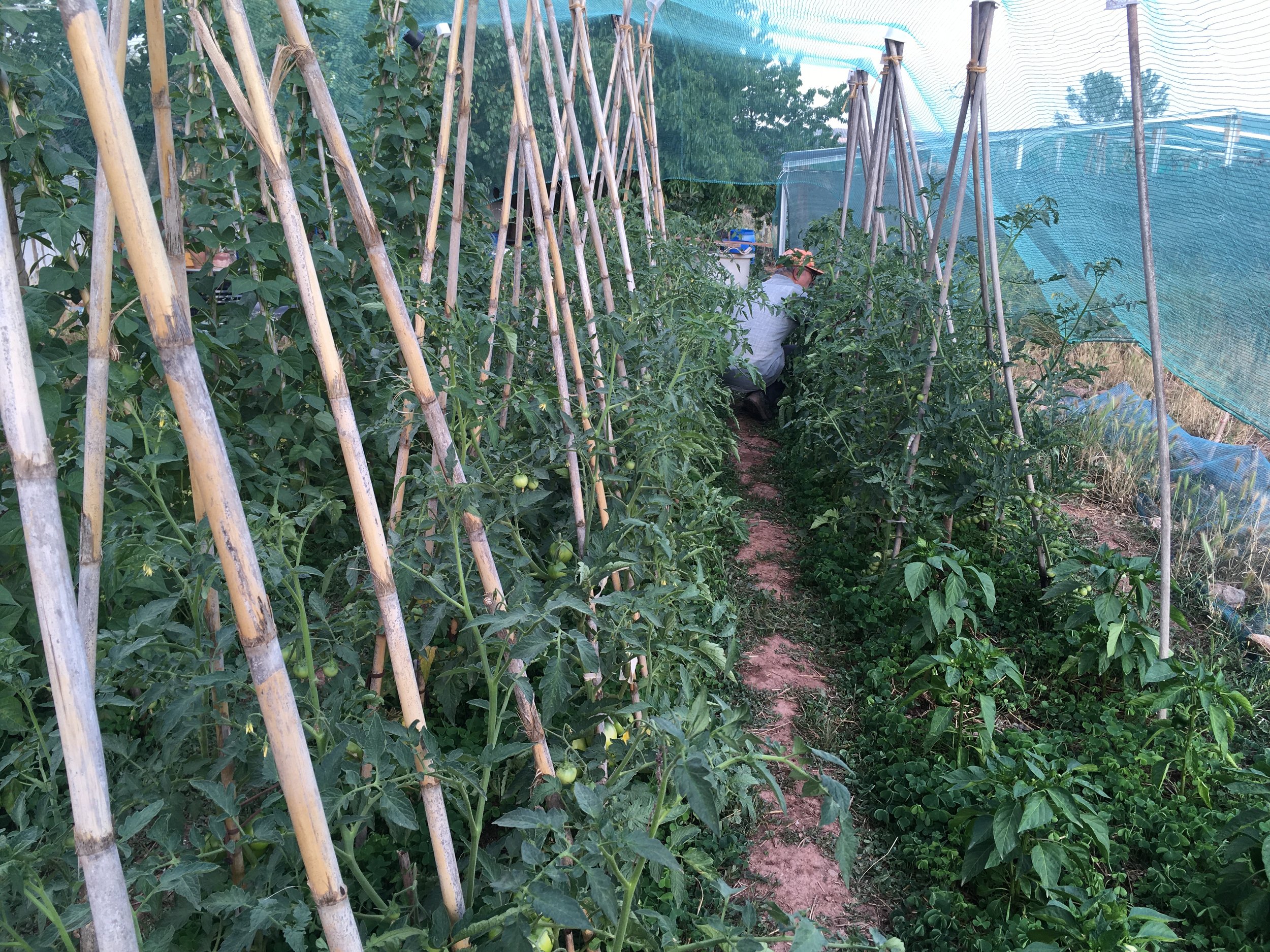Fall series 2023
Cruel Summer: Coping with Climate Change in the Here and Now
‘Houseless individuals lack shelter, infrastructure, and essential services, leaving them exposed to environmental hazards. A systemic cycle of violence, stigmatization, exclusion, and criminalization, pushes them even deeper into hazardous environments. Marginalized and often disregarded by society, they endure harsh weather and perilous surroundings…’
‘I am writing this piece amidst the perfect September night on the island of Samothráki, NE Greece; breezy but not cold, with the stars shining bright and the constellations easy to work out, and a symphony of waves and crickets maintaining the beat of the night. The body numbs in peace and I appreciate the quietness. But the next rain is already coming…’
‘Urban atmospheres typify the state of the air in a city. This allows for global comparisons based on how livable a city is in terms of the effects of air quality on human health. As I will show this is precisely what emerged in June 2023 when the atmospheres of New Delhi and New York were compared in the Indian media. In the process there was a tendency to overlook and obscure the regional and planetary connections…’
‘Imagine the moment you open the oven door to check on some freshly baked cookies. The whiff of warm, sweetly saturated air swiftly envelops you, leaving behind a lingering heat and a gradually fading smell throughout the room you are in. This sensory encounter vividly captures the essence of Slovo Park, where my research took place from May 2022 to February 2023, and where, with the permission of the community leaders, I lived for about one month…’
‘It started as a crackling, an uneasy premonition. In March and April of this year, media networks were warning of a hot summer to come. Heatwaves would scorch the earth, forests would burn, records would be broken. The sharp sting of smoke was imagined and distilled into narrative before it even arrived. For Castellón, in eastern Spain, wildfire became a reality at the end of March. Yet in many places, premonitions of the summer ahead…’
‘When I flew back to my hometown in British Columbia, Canada this summer, it was on fire. A spot fire that had started in the dense, dry forests just a few kilometres from West Kelowna, a growing town in the heart of the Okanagan Valley, had quickly burned out of control. Strong winds blew in that afternoon, whipping up a firestorm that sent acrid smoke as high as 30,000 feet and entirely uprooted trees. The size of the fire exploded from 30 hectares to over 300 hectares…’
‘Addressing the escalating crisis of summer wildfires—exemplified by the multiple events in 2021, 2022, and 2023 Kabylia fires in northern Algeria—demands a multidimensional strategy including an international and integrated approach that tackles a host of complexities—from geographical and sociocultural vulnerabilities to global engagement limitations and trust deficits in international collaborations…’
‘If climate change is not only seen as an environmental problem but as a state of the world, then the question is not 'how to manage it' but 'how to sense it'. Referring to Candis Callison (2014), it is important to look at “how climate change comes to matter.” In this piece I argue that it comes to matter through climate-sensing (Hepach & Lüder 2023). When I interviewed council workers and urban planners on their everyday encounters with climate change, scientific evidence was one dominant lead…’
‘“My fellow gardeners and I are losing hope”, says my father Lluís. His words feel heavy as we drive home through a bleak landscape of thirsty oaks and dead Scots pines. Behind the mortality of conifers and the gardeners’ feelings lies the same phenomenon: a severe drought that has been unfolding in Catalonia for over three years now (Hedgecoe 2023). The effects of the drought, exacerbated by extreme heat waves, have taken a heavy toll on forests, crops, and all the life forms entangled with them…’
‘California is a landscape of extremes boasting the highest point in the contiguous United States (Mount Whitney: 14,505 feet/4,421 meters) and the lowest and hottest place in North America (Death Valley: 282 feet/86 meters below sea level). Within the North Pacific Gyre, the California Current carries cool air and ocean water south along the coast propelled by the Coriolis force, northwesterly winds, and atmospheric rivers that periodically bring rain and snow to the land and its mountain ranges…’










